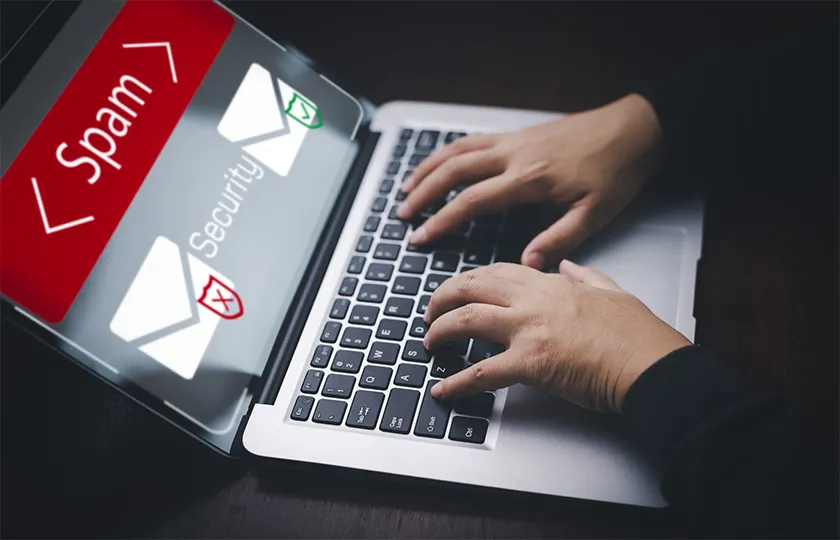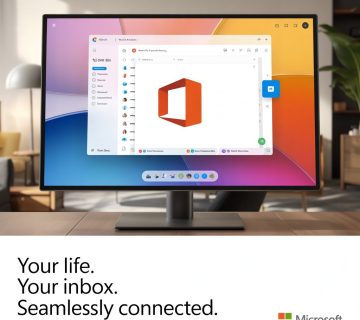Email spam is a persistent problem that affects both individuals and businesses. Not only can spam clutter your inbox and waste time, but it can also pose significant security risks, including phishing attacks and malware distribution. Therefore, it’s essential to adopt effective strategies to avoid email spam issues. Here are some comprehensive tips to help you minimize spam and enhance your email experience.
1. Use a Reliable Spam Filter
One of the most effective ways to combat spam is to use a reliable spam filter. Most email services, such as Gmail, Outlook, and Yahoo, come with built-in spam filters that automatically detect and segregate spam emails. Make sure these filters are activated and configured properly. Additionally, you can use third-party spam filtering solutions for extra protection.
2. Keep Your Email Address Private
Be cautious about where you share your email address. Avoid posting your email on public forums, social media profiles, or websites that are not trustworthy. When you need to share your email online, consider using a disposable email address or a secondary email account that you can easily discard if it starts receiving too much spam.
3. Don’t Engage with Spam Emails
If you receive a spam email, do not open it, click on any links, or download attachments. Engaging with spam can confirm to spammers that your email address is active, leading to more spam. Also, avoid replying to spam emails or using the “unsubscribe” links they often contain, as these actions can be traps.
4. Use a Strong and Unique Password
Secure your email account with a strong, unique password. Use a combination of letters, numbers, and special characters, and avoid using easily guessable information such as your name or birthdate. Consider using a password manager to generate and store complex passwords. Additionally, enable two-factor authentication (2FA) for an extra layer of security.
5. Be Wary of Phishing Scams
Phishing emails are designed to trick you into revealing personal information or downloading malicious software. Be cautious of emails that request sensitive information, such as passwords or credit card numbers. Verify the sender’s email address and look for signs of phishing, such as generic greetings, spelling errors, and suspicious links. When in doubt, contact the sender through a verified method to confirm the email’s authenticity.
6. Regularly Update Your Software
Keep your email client, operating system, and security software up to date. Software updates often include patches for security vulnerabilities that spammers and hackers exploit. Enabling automatic updates ensures that you receive the latest security enhancements without delay.
7. Educate Yourself and Your Team
Awareness is a powerful tool in the fight against email spam. Educate yourself and, if applicable, your team about the dangers of spam and how to recognize it. Regular training sessions and updates on the latest spam tactics can help everyone stay vigilant.
8. Use Email Authentication Protocols
For businesses, implementing email authentication protocols like SPF (Sender Policy Framework), DKIM (DomainKeys Identified Mail), and DMARC (Domain-based Message Authentication, Reporting & Conformance) can help prevent your emails from being marked as spam. These protocols verify that your emails are coming from legitimate sources and reduce the risk of email spoofing.
9. Monitor Your Email Account
Regularly monitor your email account for unusual activity. If you notice unfamiliar emails or changes in your account settings, take immediate action. Change your password and review your account security settings to ensure there are no unauthorized access points.
10. Report Spam
Most email services allow you to report spam. Marking an email as spam helps improve the service’s spam filters, making them more effective over time. By reporting spam, you not only help yourself but also contribute to a cleaner email environment for everyone.
Conclusion
By following these tips, you can significantly reduce the amount of spam you receive and protect yourself from the associated risks. Remember, vigilance and proactive measures are key to maintaining a spam-free inbox. Stay informed about the latest spam tactics and continuously update your defenses to keep your email communication safe and secure.





